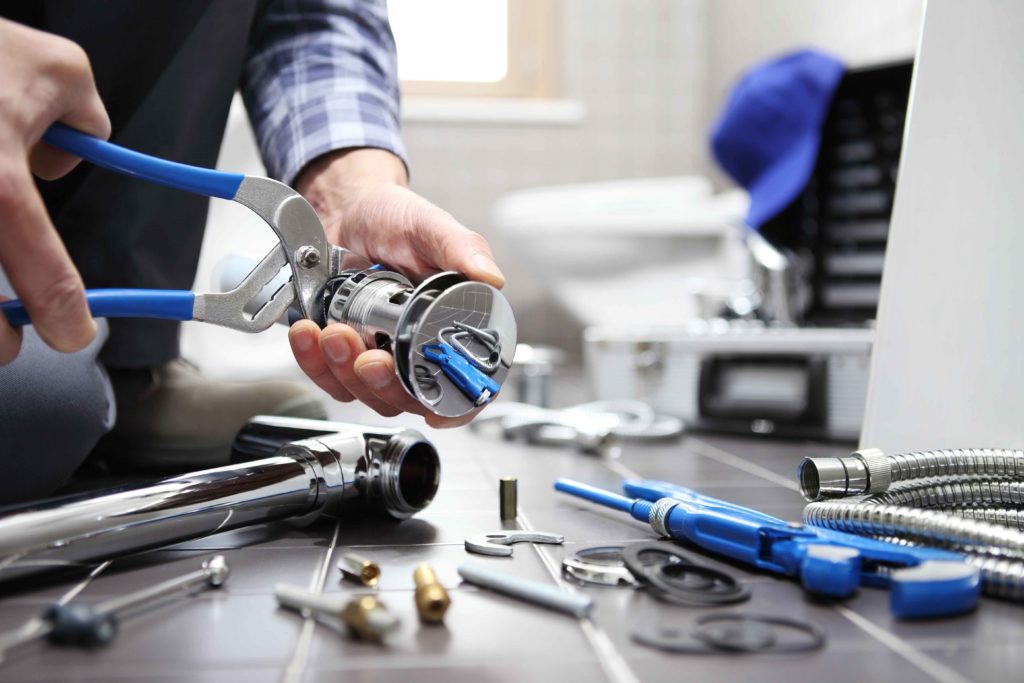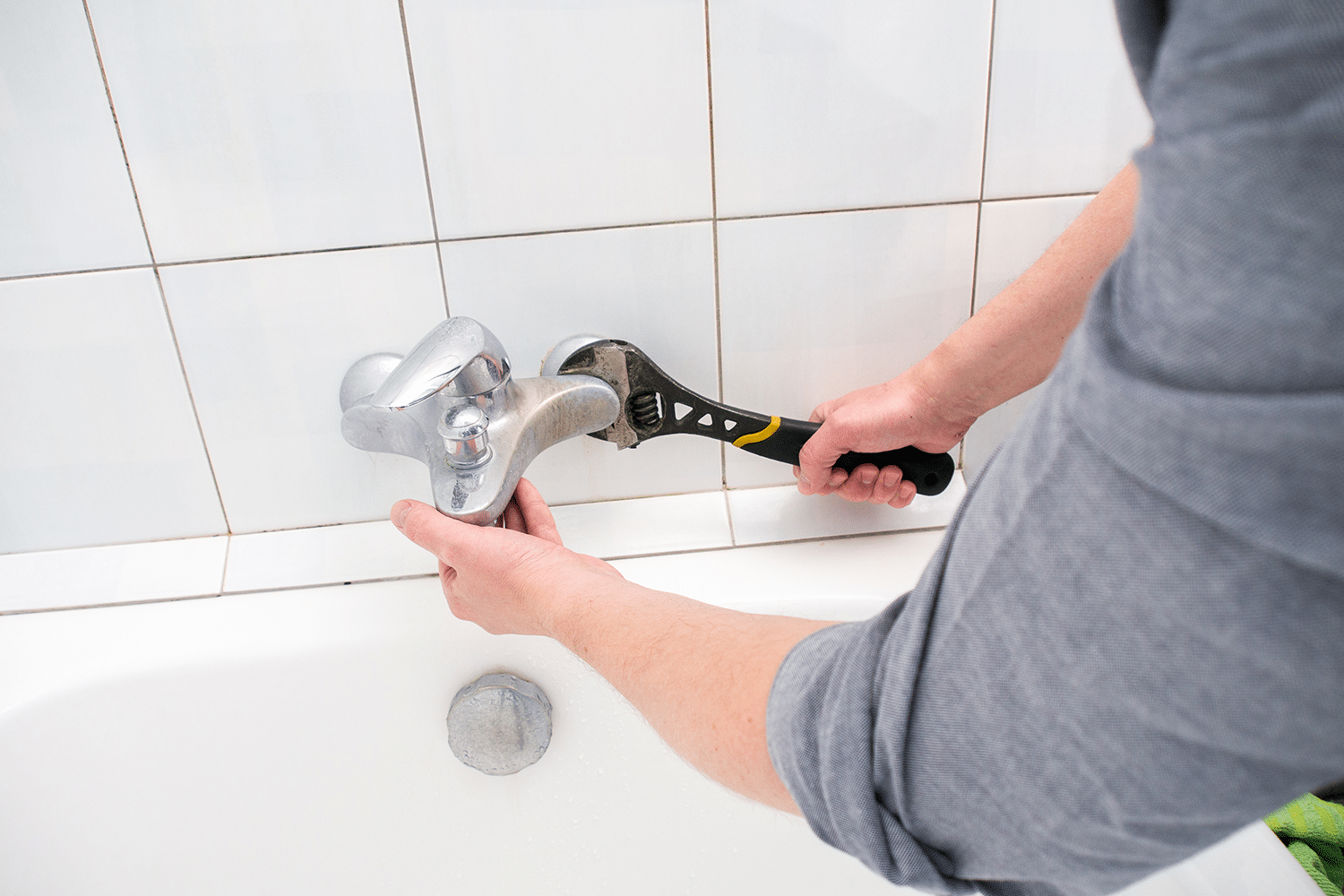Explanations Why It's Important to Rectify a Faulty Faucet
Explanations Why It's Important to Rectify a Faulty Faucet
Blog Article
Right here below you might get lots of great points related to How to Fix a Dripping or Leaky Faucet .

Trickling taps could feel like a small trouble, however their effect goes beyond just the nuisance of the noise. From wasting water to incurring unneeded financial costs and wellness threats, neglecting a leaking faucet can bring about numerous effects. In this post, we'll explore why it's important to address this usual household concern without delay and successfully.
Waste of Water
Environmental Influence
Leaking taps add substantially to water wastage. According to the Epa (EPA), a single tap dripping at one drip per secondly can lose more than 3,000 gallons of water each year. This not only pressures water resources but likewise affects ecosystems and wild animals dependent on them.
Step-by-Step Guide to Fixing a Dripping Tap
Tools Needed
Before attempting to fix a leaking faucet, collect the necessary tools, consisting of an adjustable wrench, screwdrivers, substitute components (such as washing machines or cartridges), and plumber's tape.
Typical Faucet Issues and Their Solutions
Recognize the kind of tap and the specific concern triggering the drip. Usual issues include worn-out washers, corroded valve seats, or defective O-rings. Refer to manufacturer directions or online tutorials for step-by-step advice on repair work.
Financial Prices
Raised Water Expenses
Past the ecological effect, trickling taps can inflate water costs considerably. The collected wastage gradually converts into greater energy expenditures, which could have been stayed clear of with timely repair work.
Prospective Home Damages
In addition, long term dripping can result in harm to components and surfaces surrounding the faucet. Water build-up can create staining, rust, and even architectural concerns if left neglected, resulting in additional repair work expenses.
Wellness Concerns
Mold and Mildew Growth
The constant presence of moisture from a dripping tap develops an ideal environment for mold and mildew growth. These fungi not only endanger interior air top quality yet likewise present health risks, particularly for individuals with respiratory problems or allergic reactions.
Waterborne Conditions
Stationary water in leaking faucets can come to be a breeding place for germs and other pathogens, boosting the danger of waterborne illness. Contaminants such as Legionella bacteria grow in stationary water, potentially leading to significant ailments when consumed or inhaled.
DIY vs. Specialist Repair service
Pros and Cons of Do It Yourself Repair Service
While some may try to take care of a dripping tap themselves, DIY repairs feature their own set of obstacles. Without proper expertise and tools, do it yourself attempts can aggravate the problem or lead to insufficient repair work, lengthening the issue.
Benefits of Employing a Professional Plumber
Working with a professional plumber makes certain that the underlying reason for the dripping faucet is attended to efficiently. Plumbers have the know-how and devices to detect and fix tap concerns effectively, conserving time and reducing the threat of further damages.
Environmental Duty
Individual Payment to Conservation
Taking duty for fixing trickling taps lines up with broader efforts towards water conservation and environmental sustainability. Every person's activities collectively make a considerable influence on maintaining precious resources.
Lasting Living Practices
By focusing on punctual repairs and embracing water-saving behaviors, people contribute to sustainable living methods that profit both existing and future generations.
Safety nets
Regular Maintenance Tips
To prevent leaking faucets, carry out regular upkeep such as cleansing aerators, examining for leaks, and replacing worn-out components immediately. In addition, take into consideration mounting water-saving tools or updating to more efficient components.
Relevance of Prompt Repairs
Dealing with leaking faucets as soon as they're discovered avoids additional water waste and prospective damage, ultimately saving both water and money in the long run.
Impact on Residential Property Worth
Assumption of Well-Maintained Property
Maintaining a residential or commercial property in good condition, including addressing upkeep problems like leaking faucets, boosts its regarded value and value among possible purchasers or occupants.
Influence on Resale Worth
Features with properly maintained plumbing components, including taps, command greater resale values in the property market. Attending to trickling faucets can contribute to a favorable perception during property examinations and settlements.
Conclusion
Resolving a leaking faucet exceeds mere ease; it's a necessary step towards conserving water, lowering monetary costs, and guarding health and wellness and residential or commercial property. Whether via DIY fixings or expert aid, acting to deal with trickling faucets is a small yet impactful method to promote liable stewardship of resources and add to a healthier, a lot more lasting future.
Most Common Reasons for a Leaky Faucet and How to Stop the Drip
Whether it’s your kitchen faucet leaking or a bathroom faucet leaking, one leaky faucet can waste anywhere from three to 30 gallons of water every single day. If the constant drip-drip-drip doesn’t get your attention, your water bill will. The good news is that, by following a few simple steps, chances are pretty good you can fix the problem yourself.
Why is it dripping?
Before you start taking things apart, let’s break down some of the most common causes of a leaky faucet.
Bad O-ring.
A cartridge is a valve that controls the flow of water into the faucet spout. On cartridge faucets there’s an O-ring—the little disc attached to the stem screw that holds the faucet handle in place. If it’s loose or worn-out, it can cause your sink handle to leak. Of course, the cartridge itself could be worn out. If that’s the case, make sure you replace it with the exact same kind.
Corroded valve seat.
The valve seat connects the faucet and the spout. If the leak seems to be coming from the spout, it might be because a buildup of water sediment has corroded the valve seat.
Worn-out washers or seals.
A leaky spout could be caused by a bad washer that rests against the valve seat. It’s just a matter of time before friction takes its toll. It could also be the wrong size washer or one that’s been installed incorrectly. Water sediments can also corrode inlet and outlet seals.
Water pressure.
If the faucet only drips now and then, or when you turn the handles a certain way, you should probably check your home’s water pressure.
Loose or broken parts.
The adjusting ring and packing nuts in the stream screw can become loose over time, causing your sink handle to leak. Try tightening or replacing the packing nut. If the leak is coming from the pipes underneath the sink, you probably have a broken pipe or fitting. If that’s the case, you should definitely call a plumber.
Know your faucet.
Faucets come in a variety of types. Each one has its own assembly—and its own possible causes of leaks. Learning about the four most common kinds of faucets will help you know how to take them apart and make any repairs.
How to stop a leaky faucet
Fixing that leaky faucet doesn’t have to take a lot of time, money, or expertise. It’s usually a simple matter of replacing a worn-out washer or gasket, a loose O ring, or another part. Chances are really good you can do this yourself if you follow these simple steps.
Shut off the water.
Before you tackle the faucet, cut off the water supply to the sink. There should be one valve for hot and one for cold. Hand-turn them clockwise with your hands till they close. If there are no valves under the sink, head to the basement and shut off the main water supply to the house. Then turn on the faucet until it empties out the water that’s still in the line and you’re ready to start. It’s a good idea to cover the sink drain with a plug or a rag so you don’t lose any small pieces and parts while you’re working.

We had been shown that article about Leaky Faucets: Why They Happen & What to Do About Them from a pal on another web address. If you appreciated our blog post please remember to share it. I am grateful for your time. Kindly check our website back soon.
Report this page